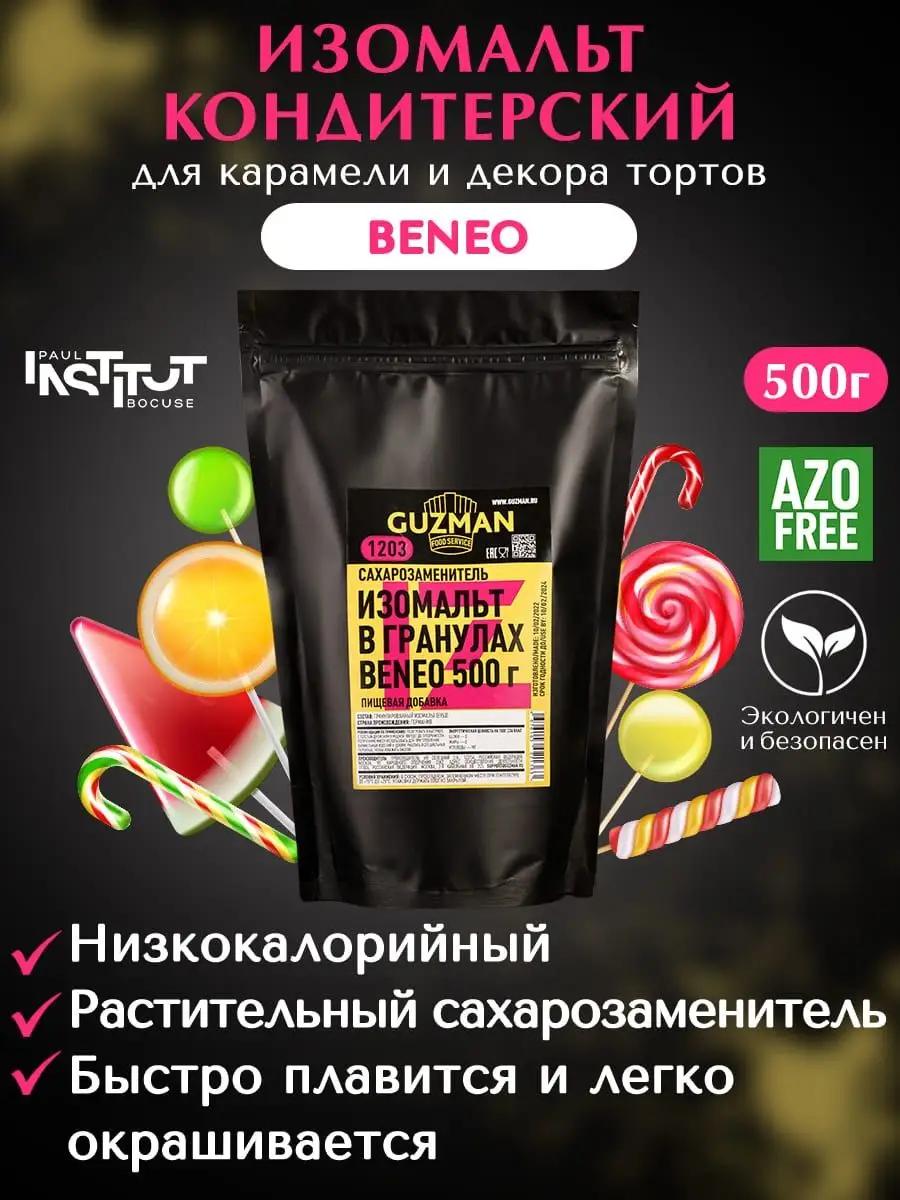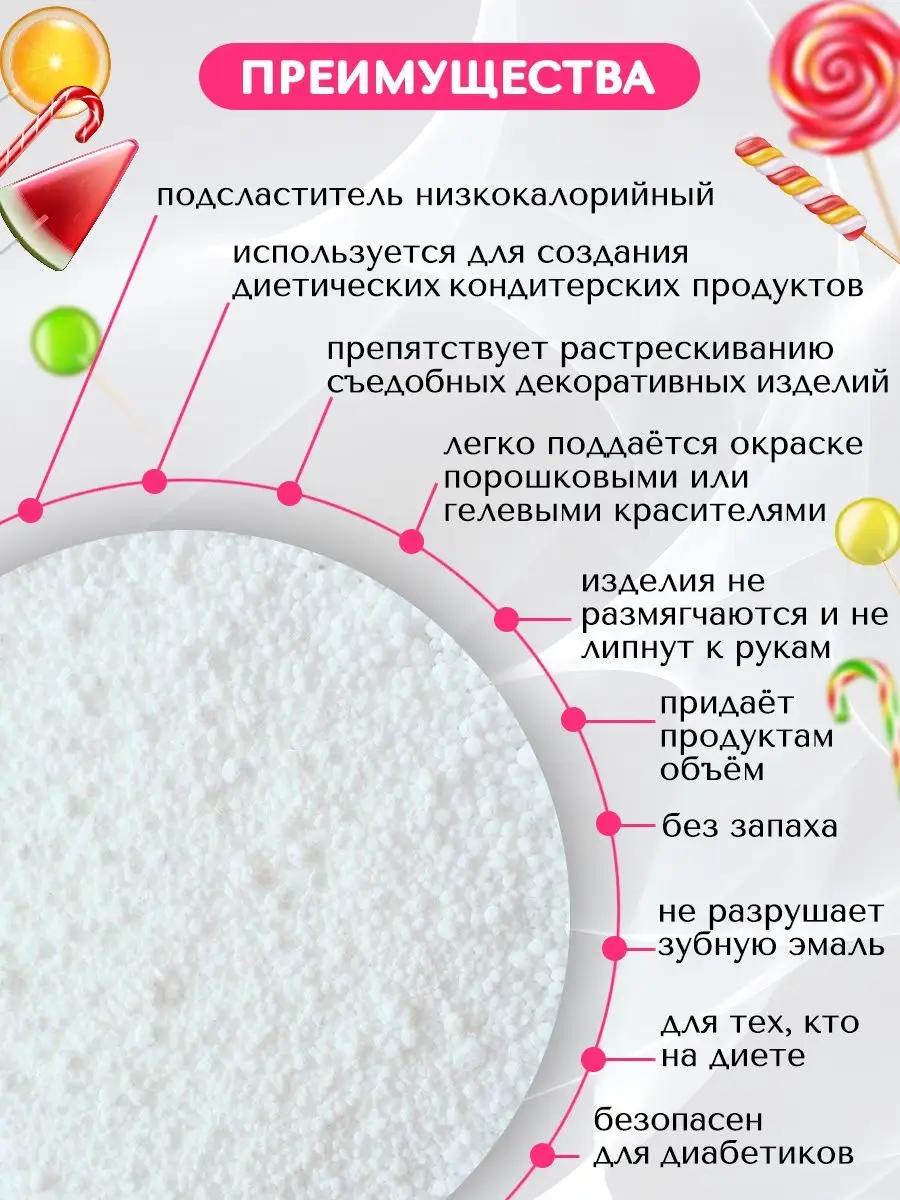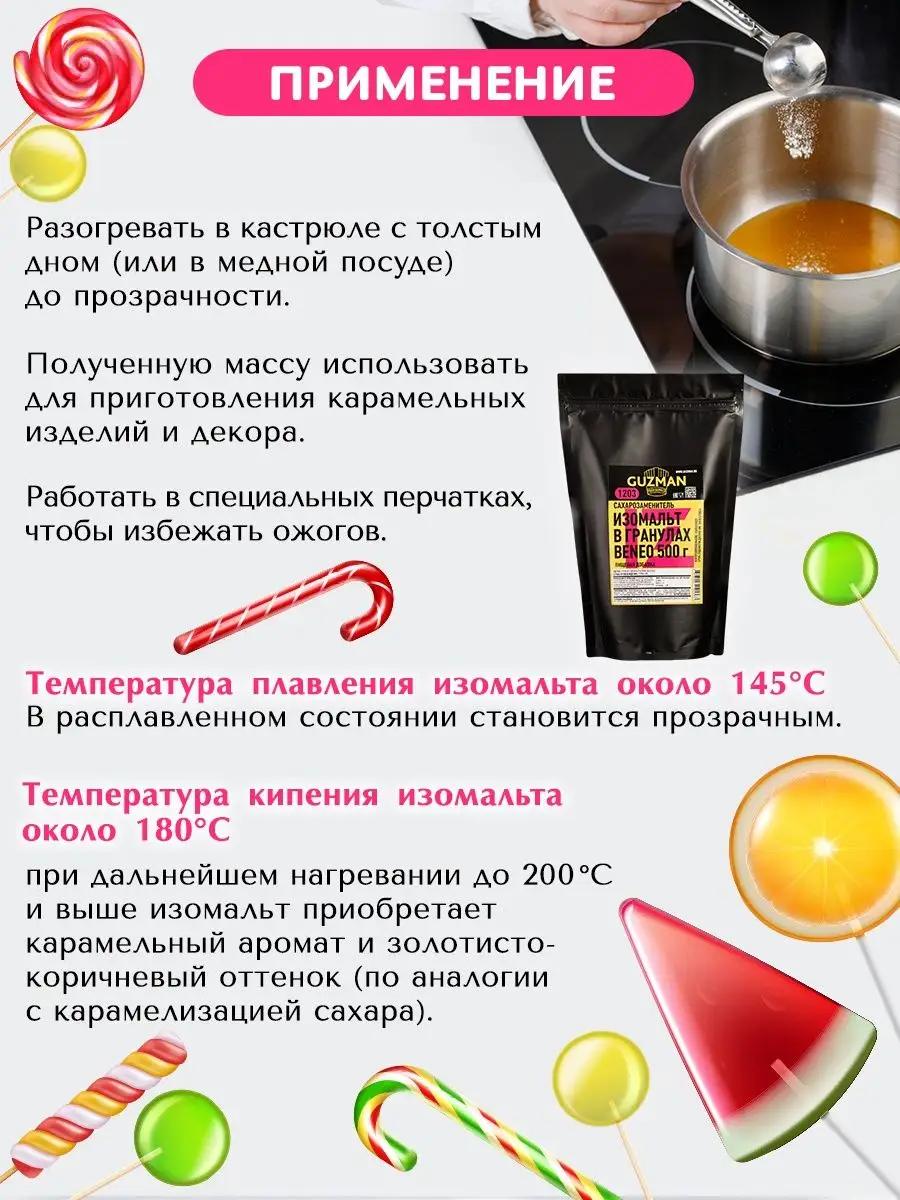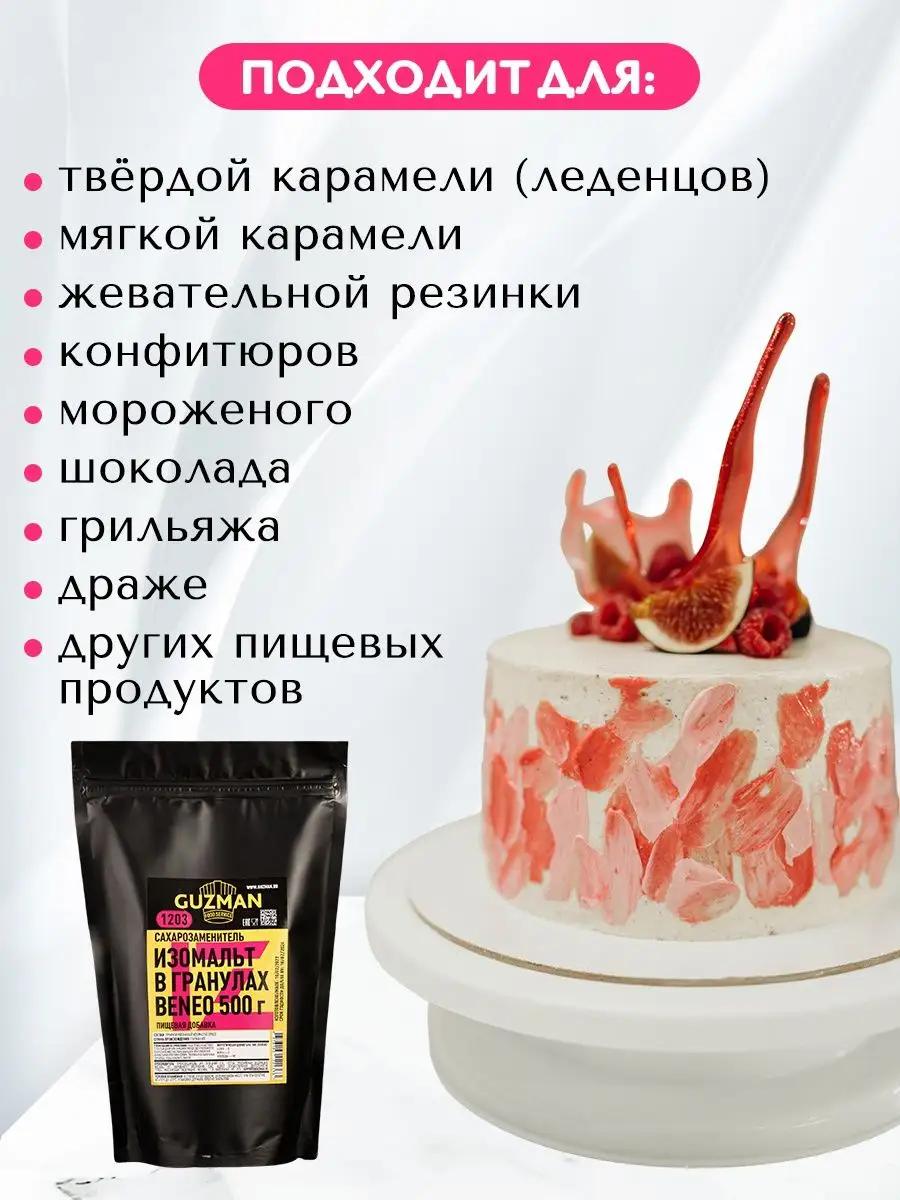Guzman Sweetener isomalt Beneo 500 gr
Category: Goods
We present to you high-quality confectionery isomalt and premium sweetener from the professional line of the GUZMAN company. Specially developed to replace sugar in the confectionery industry.
Beneo isomalt has a sweet taste, but at the same time contains 2 times less calories than sugar. It does not cause a rapid increase in blood glucose (as when taking sugar), which makes it possible to use it in products for diabetics, and does not provoke the formation of caries.
The sugar substitute is used as a food for weight loss and for a healthy diet. Beneo isomalt is odorless and can be easily colored with water-soluble dyes. Isomalt products can withstand temperature changes and do not crack or stick together.
Beneo isomalt adds volume to products, provides the required structure, and medium sweetness. Therefore, a sugar substitute is often used in the preparation of confectionery products:
chocolate
grilled meat,
soft caramel,
hard caramel,
candy lollipops
dragee,
ice cream,
configurations,
chewing gum,
for decorating cakes,
other food products.
Recommendations for use: Heat isomalt for candy in a thick-bottomed saucepan (or in a copper bowl) until transparent. Use the resulting mass to make caramel products and decorations. Wear special gloves to avoid burns.
Confectionery products with isomalt do not soften or stick to your hands, which allows them to be packaged in a common box without additional wrapping. Its melting point is about 145°C, so it can be used in heat treatment and extrusion processes, including in the pharmaceutical industry.
Safe doses are up to 50 g/day for adults and 25 g/day for children.
Isomalt looks like a white powder or granules and has no particular odor.
The melting point of isomalt is about 145°C. When melted it becomes transparent. The boiling point of isomalt is about 180°C; with further heating to 200°C and above, isomalt acquires a caramel aroma and a golden brown hue (similar to the caramelization of sugar).
Received approval from the Joint Committee on Food Additives (JECFA), the World Health Organization (WHO) and the EEC Scientific Committee of Food.




